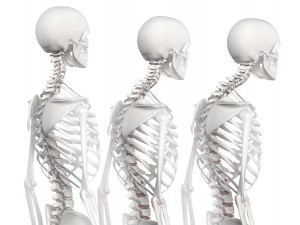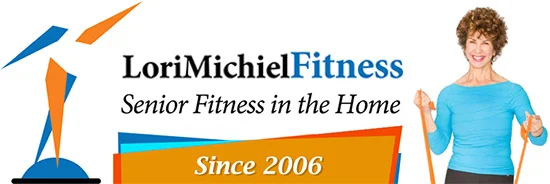 Years ago I worked for a Home Healthcare agency. As part of my responsibility I would visit skilled nursing facilities (SNF), some of you may know them as nursing homes. This particular day, one of the facilities was offering a “free” bone scan to convey awareness about bone density and osteoporosis. I thought I would check it out for myself. I doubted they would find anything, but, to my surprise, I was wrong. Bone loss was detected in my right ankle. It was scary because osteoporosis was the last thing I thought I had. After all, I was only 42, healthy and physically active. I considered osteoporosis an “old” person’s disease. I immediately made an appointment with my physician to have complete bone mineral density (BMD) tests to verify or discredit the previous findings.
Years ago I worked for a Home Healthcare agency. As part of my responsibility I would visit skilled nursing facilities (SNF), some of you may know them as nursing homes. This particular day, one of the facilities was offering a “free” bone scan to convey awareness about bone density and osteoporosis. I thought I would check it out for myself. I doubted they would find anything, but, to my surprise, I was wrong. Bone loss was detected in my right ankle. It was scary because osteoporosis was the last thing I thought I had. After all, I was only 42, healthy and physically active. I considered osteoporosis an “old” person’s disease. I immediately made an appointment with my physician to have complete bone mineral density (BMD) tests to verify or discredit the previous findings.
“The minute you hit menopause, you start losing bone faster, putting you at higher risk for osteoporosis,” says Dr. Vonda Wright, spokesperson for the American Academy of Orthopedic Surgeons.
Osteopenia, the beginning stage of osteoporosis, became my ultimate diagnosis. If you haven’t already had a bone density scan, do so now to get a baseline. And, starting now, incorporate weight bearing or impact exercise (such as walking, hiking or tennis) into your routine. Cardio/aerobics are great tools for health, but they will not give you positive results when it comes to improving bone density.
According to the National Institute of Health (NIH), osteoporosis is a disease that makes bones weak and more likely to break. People with osteoporosis most often break bones in the hip, spine and wrist. There are no outwards symptoms. You may not know you have osteoporosis until a strain, bump or fall causes a bone to break. Various factors such as genetics can play a part, as it does in my case. But my exercise history, practicing impact sports over my lifetime, made my bones denser. In my case it might have improved my numbers, but I have the disease nevertheless.
Do Men Have Osteoporosis?
eMedicine Health advises that both men and women can have osteoporosis. One of the problems with measuring the bone mineral density of men is that many of the standards used for comparison are from young women rather than men. The average bone mass in healthy young women is always lower than that observed in healthy young men. This means that a man may have osteopenia compared to healthy men, but the comparison with the norm (results from young women) will not show that they are at risk for osteoporosis. Consequently, few men are classified as osteoporotic based on the “normal” data from young women.
Now What?
There is no cure for osteoporosis, but there are ways to prevent and treat the disease. They include:
- A diet rich in calcium and vitamin D
- Daily exercise (especially weight-bearing or mild impact)
- Various medicines prescribed by your health provider
Lifting weights will help, but you must maintain good spinal extension and be careful not to flex (bend) your spine when doing your exercises; it adds pressure to your weak bones.
But if your hips, knees or feet are giving you too much trouble, try exercising in a pool. Get chest high into the water. Walk forward and then backwards for 20 minutes. Lunge to the right and left for 20 minutes.
If you would like to learn more about the safest and best ways to keep stay strong and reduce the effects of disease and have fun doing it, visit our website at www.lorimichielfitness.com or contact us via email or call 818-620-1442. We see fitness differently!
For more Information about osteoporosis and related conditions, contact the NIH Osteoporosis and Related Bone Diseases National Resource Center:
Toll Free: 800-624-BONE (2663)
Email: NIHBoneInfo@mail.nih.gov
Website: www.bones.nih.gov
